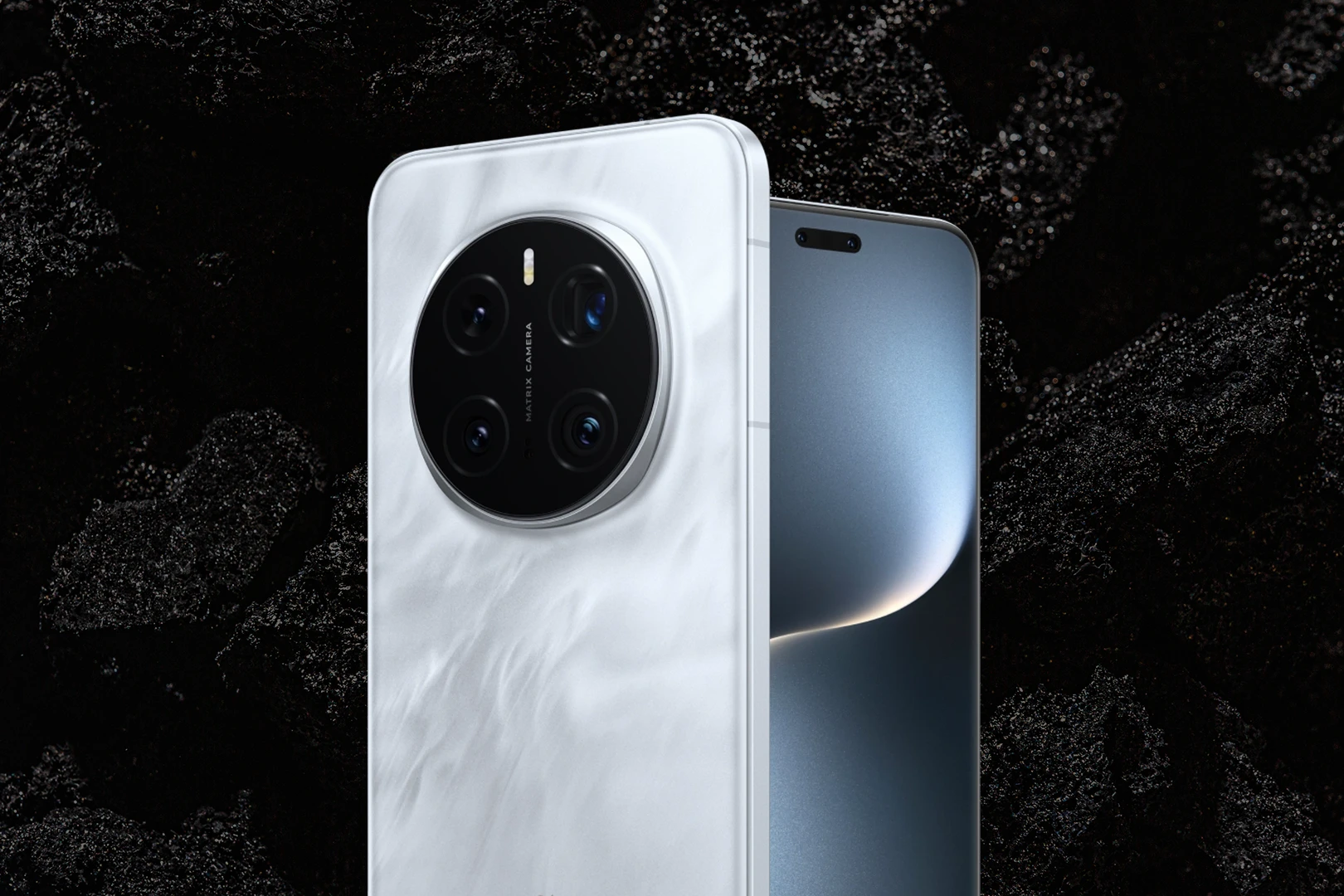In most of the world today, especially in mobile-first nations, consumers don’t go a day without using or picking up a product that runs on rechargeable batteries. Not only are EVs, e-scooters and e-bikes all powered by rechargeable, lithium-ion batteries, but also the smartphone, tablet, smartwatch, or laptop you are most likely using to read this blog. Yet, while lithium-ion has become the de-facto battery of choice since its development, the energy demands from electric-powered vehicles, AI applications, and AI-enabled devices are outstripping lithium-ion’s capabilities. Silicon batteries have now emerged as the leading contender to power three key markets: electric vehicles, consumer electronics and energy storage.
EVs: cracking the code to end charge anxiety
Fueled by aggressive government mandates to electrify transportation, mobility remains one of the most transformational applications of silicon batteries for consumers globally. EVs have broken through the the perception of a niche and expensive option, with sales experiencing a sharp uptick over the last decade.
While more automakers have been releasing all-electric versions of gasoline-powered vehicles like the Ford F-150 Lightning pickup and the Porsche Macan Electric, getting mainstream consumers on board comes down to one thing: eliminating charge anxiety. To dispel the average consumer’s concerns and enable a smooth transition, the automotive sector has been on a long search for the battery technology that can outperform today’s lithium-ion batteries.
Setting up automakers to meet today’s consumer standards, silicon batteries hit the sweet spot between performance and fast-charging while skirting the global supply chain challenges that come with the graphite currently used by lithium-ion batteries. Established automakers like Porsche quickly took note and began to weave silicon batteries into their production roadmaps. Beyond supplying Porsche with its silicon battery technology SCC55™, our list of best-in-class partnerships continued to expand — including with Molicel, CustomCells, and Enovix — and we now have signed offtake agreements with eight leading EV and CE cell manufacturers totaling over $750M. As the production of silicon batteries scales to quantities required for EV programs, silicon-powered electric vehicles will soon have the ability to charge in the same amount of time it would take to fill up at a gas station.
Enabling the next generation of electronics
While major purchases like a new vehicle may come every few years, our everyday devices are undergoing major transformations with every product cycle. Gone are the days when we load our backpacks with a book, map, flashlight, phone and camera for a weekend trip; now, all of these (and more) can be replaced by today’s smartphone, or even just a smartwatch.
To engineer even more utility in their products, consumer electronics manufacturers are seeking to dramatically extend battery life without compromising cost, size and availability. In addition, the same fast-charging capabilities that silicon batteries bring to EVs are equally attractive for electronics, as consumers today seek uninterrupted usage of wearables, iPads, doorbell cameras and more.
Today, SCC55™ is already proving its transformational capabilities in millions of smartphones around the world, including the recent release of the highly-anticipated HONOR Magic7 Pro. The silicon battery at its core has become the enabling technology behind its other future-forward features – including cutting-edge AI capabilities, ultrasonic in-display fingerprint sensors and more.
The impact of silicon batteries on the devices we know and love today is just the start. This new standard of performance also opens the door to radical innovations in the coming decades. As more devices are enabled with AI and powered by silicon batteries, the future of edge computing is set to leap forward in ways we have yet to imagine.
Unlocking energy storage to strengthen the grid
Alongside the rise of energy-intensive AI data centers, businesses are increasingly turning to battery energy storage systems (BESS) to alleviate the strain on the grid. As renewables like hydropower, solar, geothermal, and wind – and geothermal and nuclear in the future – continue to gain traction, batteries are quickly emerging as the solution of choice to mitigate intermittency and availability, serving as a workaround to store energy to use when you need it most.
Capable of storing and discharging power from renewables, BESS are more critical than ever to maximize the electricity grid’s full potential and enable round-the-clock energy access. From small home generators to large utility-scale battery energy storage systems, we are already seeing lithium-ion batteries play a role in ensuring 24/7 access to electricity in many parts of the world.
To do this at a larger scale, and without depending on importing graphite for lithium-ion batteries, silicon batteries will provide the answer that U.S. utilities are looking for. As we contend with growing energy demand and outdated power grids, silicon battery-powered energy storage systems will be integral to stabilizing and balancing loads while enabling readily available access to clean energy.
Making the impossible possible
From AI-enabled wearables and smartphones to mid-sized packs in EVs to BESS in hyperscale data centers, silicon batteries unlock benefits for any application that depends on rechargeable batteries. With silicon batteries, essentials such as mobility, communications and energy can go magnitudes beyond the standard set in decades past – in ways we can’t yet imagine. Soon, everything we do, touch and use will be enabled by silicon batteries.
